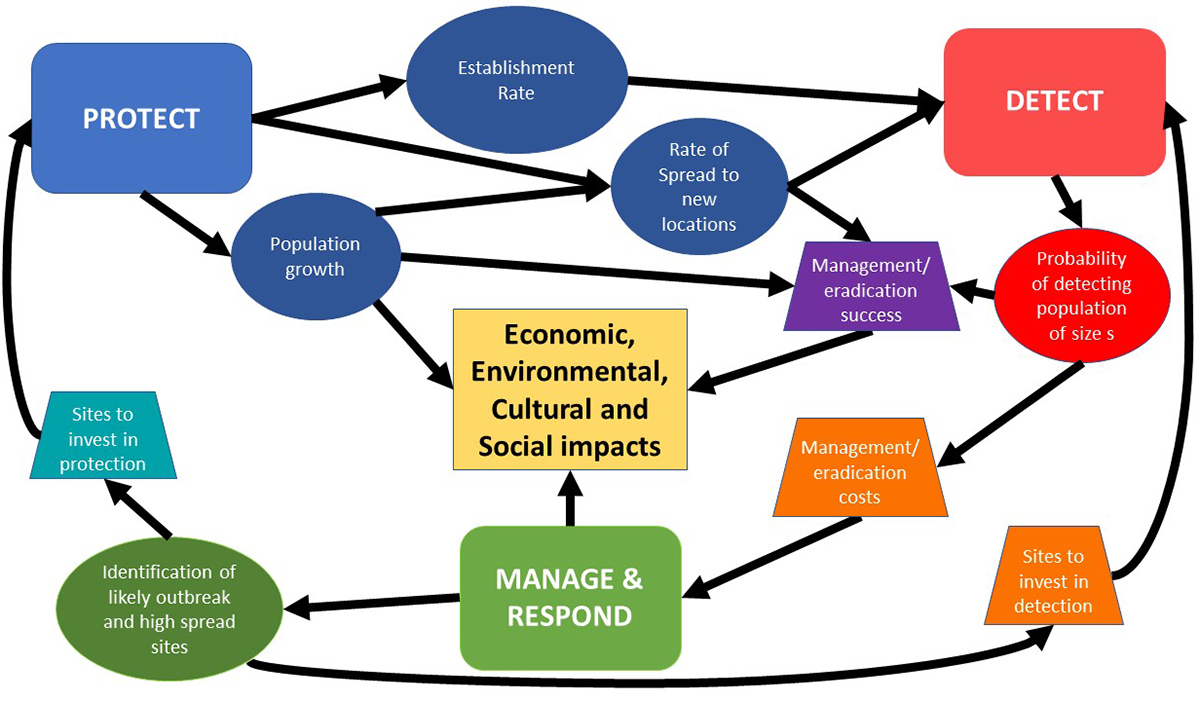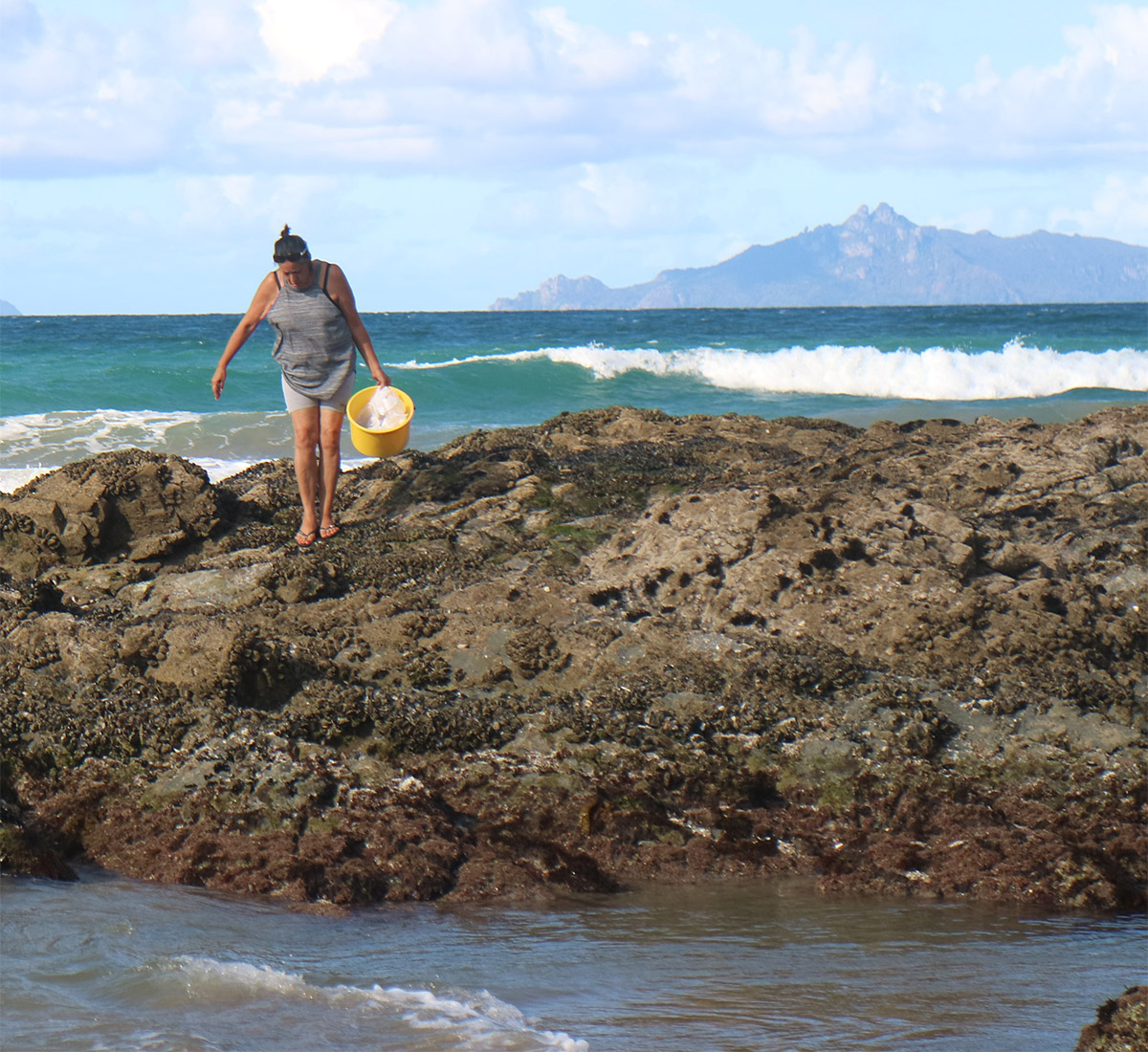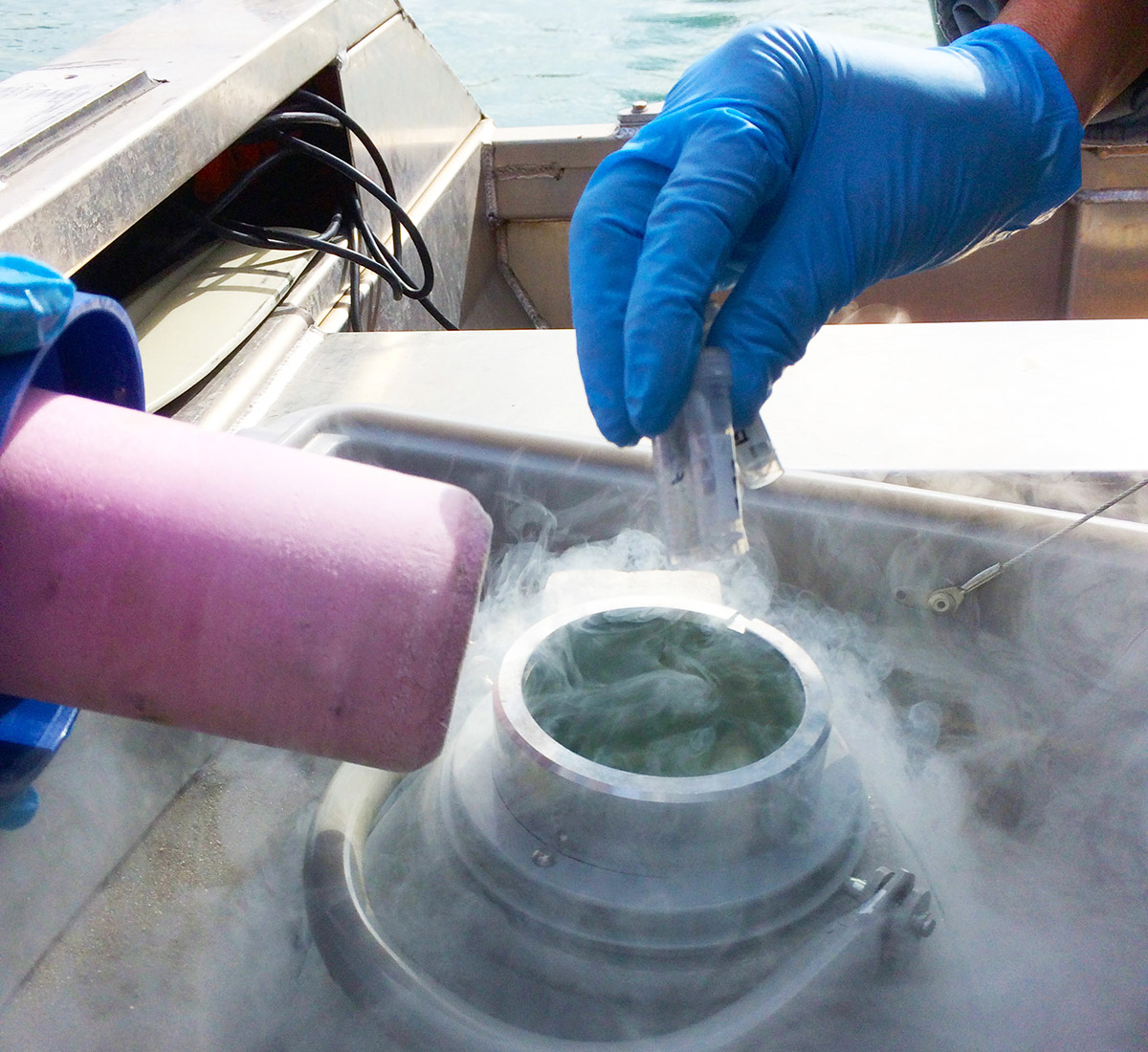Decisions about tools and strategies employed for biosecurity management need to be underpinned by economic assessments of costs and benefits. This theme will provide a better understanding of how economic, environmental, cultural and social values of marine ecosystems (ecosystem services) will change if new and innovative methods for improved biosecurity are introduced. The broader benefits of mitigating biosecurity risks, including those to industries, government agencies and the wider society will be considered.

MODELLING FLOW-ON EFFECTS
Implementation of the tools and approaches developed in the PROTECT, DETECT and MANAGE & RESPOND themes may require significant investments. These investments need to be appropriately weighted against the benefits they will provide. Each theme’s value set data will feed into a bioeconomic model and will ultimately be linked into an integrated assessment framework of the whole system (Figure 1).
Our bio-economic model acknowledges that any action will cause multiple reactions. An investment in one area could have multiple flow-on effects, including reducing the need for investment in other areas, or potentially taking resources away from areas that do need it, but aren’t such a high priority. For example, investment in protection technologies and protocols will reduce the establishment rate of invasive species, which will affect how much should be invested in detection activities. The rate of population growth and spread will also be reduced by protection, influencing management strategies and the chance of eradication attempts succeeding. Using more resources in detection efforts will increase the probability of detecting an invasive species population while it is still small, thereby increasing the chance of eradication success while reducing the associated costs. This will in turn influence the amount of investments in management and response activities.

Figure 1. Diagram showing the different themes and their linkages in the integrated bioeconomic assessment model.
ASSESSING INNOVATIONS IN MARINE PROTECTION
The PROTECT theme aims to develop technologies that reduce or prevent the establishment of marine non-indigenous species (NIS) on coastal infrastructure via either (i) surface sanitisation or (ii) the enhancement of valued native species on these structures. Our assessment framework considers the impact of implementing these technologies at appropriate locations and meaningful scales. It also asks what effect the resulting decrease in establishment and spread of marine NIS might have on the costs of infrastructure maintenance and local or regional operational biosecurity programmes. Finally, it considers the value of locally enhanced kaimoana (native seafood species) populations and associated ecosystem service provision and, given all this, what cost thresholds would apply to novel technologies so their implementation provides net benefits.
The ECONOMICS & DECISION SUPPORT theme will answer these questions by developing bioeconomic models that incorporate the effects of implementing novel technologies on both market values (e.g. increased resources or revenues of the aquaculture industry) and non-market values (e.g. increased aesthetic value of recreational amenities, increased number of visits for kaimoana gathering). Non-market values associated with biosecurity interventions will be estimated using a survey-based economic valuation technique called choice experiment.

Kaimoana gathering during low tide at a Northland beach. Image: Oliver Floerl.
OPTIMISING BIOSECURITY DETECTION
An economic component will also be developed for the DETECT theme. For example, we will assess the cost-efficiency of different eDNA isolation techniques by collating data on time, effort and monetary costs associated with each method and weighing these against their accuracy. The resulting tool can be used to inform the optimisation of sampling strategies and regional biosecurity surveillance designs – to achieve significantly improved pest detection at acceptable costs.
In association with the citizen science component of DETECT, we will conduct a cost-benefit analysis of expanding community-based molecular biosecurity surveillance at different scales. We will involve representatives from different groups, such as local kaitiaki (guardians of the sea) and whanau (families), environmental organisations and enthusiasts, schools and educators. We will account for the costs (surveillance kits, training and engagement activities, centralised data collection and management resources), potential drawbacks (e.g. limited sampling accuracy and need for data quality assurance), and for the community benefits (e.g. education and environmental engagement) of such campaigns.

A newly collected eDNA sample being stored in liquid nitrogen. Image: Xavier Pochon.
BROADER BENEFITS OF REDUCING THE RISK OF SPREAD
Economic models like those described above will also be developed for the MANAGE & RESPOND theme. The network analyses applied to New Zealand’s maritime transport system and case-study incursion scenarios will identify key locations and pathways for intervention and surveillance (transport hubs and invasion ‘hot-spots’), and critical life-history stages and timeframes for effective prevention and incursion response. We will examine the cost-benefit relationships of a range of intervention strategies and develop a framework to identify optimal investment combinations for limiting the domestic spread of marine NIS given their impacts on economic, ecological, cultural and societal values. Drawing on approaches from social science and behavioural change theory we will evaluate potential avenues for how particular intervention measures could be implemented by end-users to achieve highest rates of uptake and participation from the public or other target groups.
